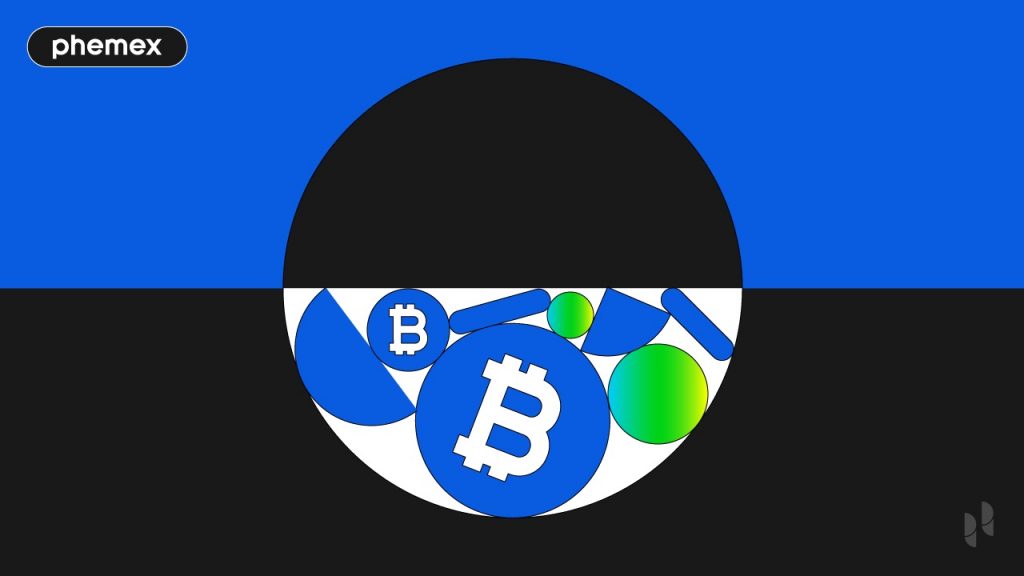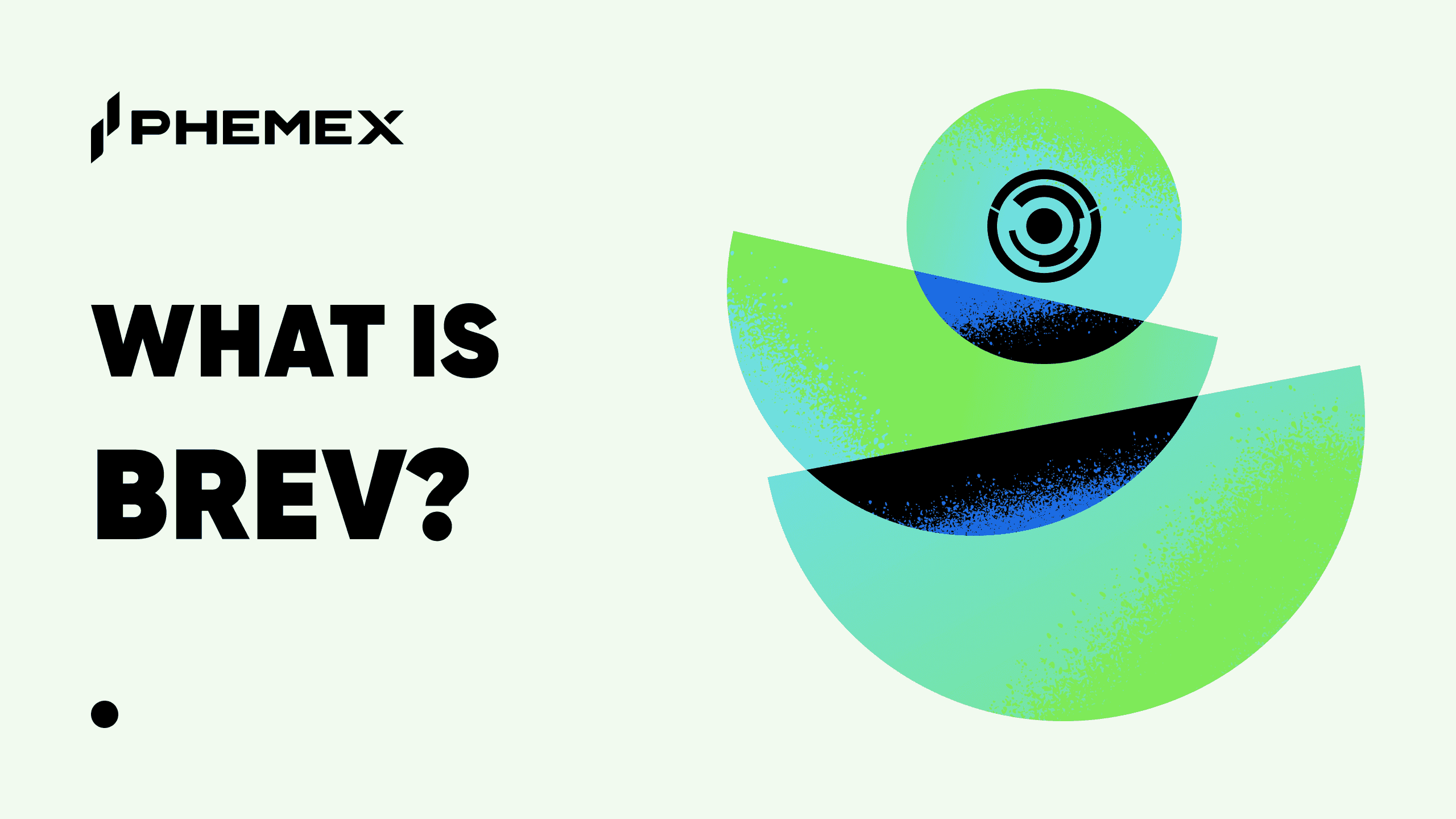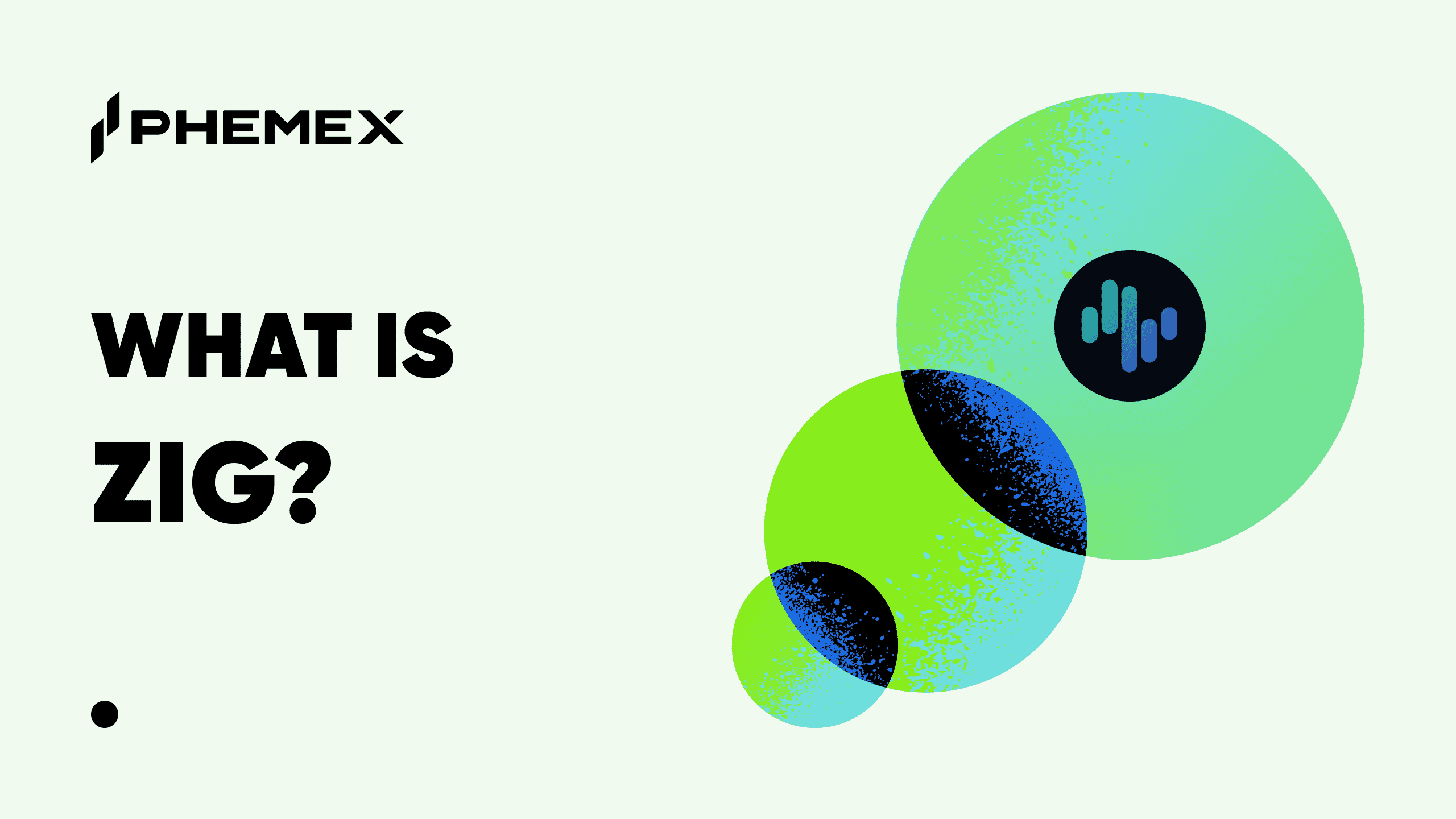Crypto index funds are good choices for traders who want low-risk cryptocurrency investing without getting into all the technical details behind crypto.
Index mutual funds have been a popular low-risk traditional investment product for decades. Over the last few years, cryptocurrency index funds have also emerged to offer index-based investing in crypto assets.

What Is a Crypto Index Fund?
Traditional index funds are mutual fund investment products based on tracking and matching a particular, usually well-established market index, such as the S&P 500. Investments are made into stocks of the companies listed on the index, and in proportions to match the index’s composition.
Unlike actively managed funds, index funds do not try to outperform the market. Instead, their key goal is to match the index/market as closely as possible. Index funds are known as low-risk, conservative investment vehicles. They are frequently used for retirement investing.
While stock market index funds have been around since the mid-1970s, crypto index funds have emerged only in the last few years. Cryptocurrency index funds offer investments into various composite indexes based on the leading crypto assets.
Benefits of Crypto Index Funds
The key benefits and advantages of using crypto index funds are:
- Lower risk/more stability. Index funds generally offer a lower-risk investing strategy rather than trying to beat the market. Using index funds allows you to invest in a diversity of crypto assets. Such diversification further reduces overall investment risk.
- Less prerequisite crypto knowledge to start. Index funds provide a sound investment strategy that doesn’t require you to understand all the intricacies of cryptocurrency markets.
- Investment portfolio simplification. You have access to a diversity of crypto-assetswhile having just one investment product to keep track of.
- Much lower barriers to entry to investing, if using tokenized funds. If you are not a high-net-worth individual (HNWI), tokenized crypto funds may be the only way to get into index investing.
Disadvantages of Crypto Index Funds
Limited Gains
Crypto index funds do involve some risks and limitations. One key limitation is being tied to a conservative investing strategy you have little control of. While this suits investors who prefer a low-risk/low-reward environment, index investing can limit gains compared to a more aggressive investment strategy.
Low Exposure
Another limitation is low exposure to promising new coins and tokens. Most of the indexes are based on the top cryptocurrencies or tokens. You may miss out on rising stars in the crypto world if all you do is index-based investing.
Investor Status Requirements
A key limitation of the larger non-tokenized index funds is their stringent capital and investor status requirements. These requirements essentially mirror those applied to traditional stock market index funds.
Two Popular Types of Crypto Index Funds on the Market
Crypto index funds involve two main fund types:
- The larger (non-tokenized) crypto index funds, mostly open to accredited investors
- The smaller tokenized crypto index funds with much more liberal barriers to entry
Larger non-tokenized crypto index funds
These funds offer investment into indexes usually composed of a basket of leading cryptocurrencies as measured by market capitalization.
In many ways, these index funds operate just like traditional mutual index funds. They normally require accredited investor status. In the US, for example, that means having a yearly income of at least $200,000 or a net worth of at least $1 million.
The only tangible difference between these larger crypto index funds and the stock market index funds is the investment target — crypto assets for the former, and stocks for the latter.
Three major market players among these funds are Bitwise, Grayscale, and Galaxy. Bitwise, the largest crypto index fund in the world, offers two main index products:
- Bitwise 10 Crypto Index Fund: This index is based on the top 10 cryptocurrencies by market capitalization. Bitcoin (BTC) and Ethereum (ETH), given their market dominance, currently constitute around 90% of the index.
- Bitwise DeFi Crypto Index Fund: Launched in February 2021, this index is based on the top 10 decentralized finance (DeFi) crypto assets. Two leading assets on the index are Uniswap (UNI) and Aave (AAVE).

Grayscale, Bitwise’s main competitor, offers an index product called Grayscale Digital Large Cap (GDLC). Currently, GDLC includes 6 prominent cryptocurrencies — Bitcoin, Ethereum, Cardano (ADA), Bitcoin Cash (BCH), Chainlink (LINK), and Litecoin (LTC).
Similar to Bitwise 10, GDLC is heavily dominated by Bitcoin and Ethereum. Currently, more than 90% of GDLC is based on the world’s two leading cryptocurrencies. Grayscale recently launched a DeFi-focused fund as well, likely as an attempt to keep up with Bitwise’s DeFi crypto fund.
Galaxy, another key player among the larger funds, tracks the Bloomberg Galaxy Crypto Index, which comprises five cryptocurrencies – Bitcoin, Ethereum, Bitcoin Cash, Litecoin, and EOS. As of August 2021, the Galaxy Index allocates 40% of the total to Bitcoin, another 40% to Ethereum, and the remaining 20% to a combination of the other three cryptocurrencies.
An important factor when considering these funds is the management fee, normally charged as a percentage of your investment. Bitwise and Grayscale charge 2.5%, while Galaxy charges 2%. You also need to have accredited investor status, and the minimum investment requirements are $25,000 for Bitwise and Galaxy, and $50,000 for Grayscale.
Smaller tokenized crypto index funds based on DeFi
The larger funds, like Bitwise, Grayscale, and Galaxy, are realistically open only to high-net-worth individuals (HNWI). For many other aspiring investors, the capital and investor status requirements serve as significant barriers to entry for index-based crypto investing.
Over the last few years, a number of small but promising tokenized crypto index fund projects have been launched. These funds have very few, if any, capital or investor status requirements. A leading one among these is the Ethereum-based Crypto20. By buying Crypto20’s C20 tokens, you become a crypto index investor based on the index maintained by this project.
The Crypto20 index is based on the world’s top 20 crypto assets. The leading assets on the index are Ethereum, Cardano, and Dogecoin (DOGE). Crypto20 uses its own proprietary algorithm to weight each asset in the index. Over the last 12 months, Crypto20 increased from around $0.70 per token to $4.10, a good indicator of a sound algorithm behind the index.

C20 can be exchanged for ETH if you want to liquidate your funds in the index. The management fee is only 0.5%, considerably lower than the 2–2.5% charged by the larger funds like Bitwise and Grayscale. There are no minimum capital or accredited investor status requirements to join C20.
Another tokenized crypto index investing project is the DeFi Pulse Index by TokenSets. The index is currently based on a basket of DeFi tokens, with the leading ones being Uniswap, Aave, Maker, and Compound.
Although platforms like Crypto20 and DeFi Pulse Index make it easy for just about anyone to start using index-based crypto investing, these projects are still in the early stages of their market development. It remains to be seen how successful these tokenized funds become in attracting serious index fund investors.
What Is the Future of Crypto Index Funds?
The outlook for the larger non-tokenized crypto index funds is sound in general, though there are some uncertainties.
In 2018, one major exchange shut its index fund down after just four months of operation, mainly due to low investor demand. For a typical cryptocurrency investor, who is often more risk-hungry than his stock market equivalents, the relatively low-risk/low-reward nature of index investing may not always be appealing enough.
As for the small tokenized DeFi index funds mostly on the Ethereum platform, the outlook is no more certain. These projects are in the early stages of their maturity. Their great advantage is the low barriers of entry for investors, but they might face challenges simply due to being index-based. This not only makes them less attractive to typically risk-seeking crypto investors, but also means they offer a limited number of options compared to the larger non-tokenized funds. As with many other areas within DeFi, it remains to be seen how the tokenized index funds will fare.
Conclusion
Index funds are a relatively new development in crypto. Their biggest advantage is the low-risk investment opportunity, potentially suitable even for those with limited knowledge of the crypto markets. Moreover, the tokenized DeFi funds are democratizing access to this form of investing, opening up opportunities for people at all income levels.
For potential high-net-worth investors, larger funds like Bitwise, Grayscale, and Galaxy can be a great way to diversify their investment portfolio with the leading crypto assets. For potential investors who are not HNWI but still want to get into crypto index investing, tokenized DeFi funds like Crypto20 and DeFi Pulse are available.
However, crypto investors are often a more risk-seeking crowd compared to stock market investors. This creates uncertainty with regard to the growth potential of crypto index funds over the long term.
For crypto index funds, attracting more traditional, conservative investors will likely be a key factor for success. Promoting the idea that low-risk index investing is now widely available and affordable in the cryptocurrency world will be crucial in attracting these investors.
Read More
- Crypto Trading vs. Investing: Key Differences Explained
- How To Trade Crypto: The Ultimate Investing Guide
- How To Do Crypto Research: The Best Ways to Get Started
- What is The Efficient Frontier: Key to Profitable Investing
- Which Crypto to Buy Today for Long-term & Short-term?
- What is Cryptocurrency & How It Differs From Digital Cash
- Institutional Investors and Bitcoin: How will they impact Crypto?
- Crypto Portfolio Allocation: Should Crypto be Part of Your Portfolio?









